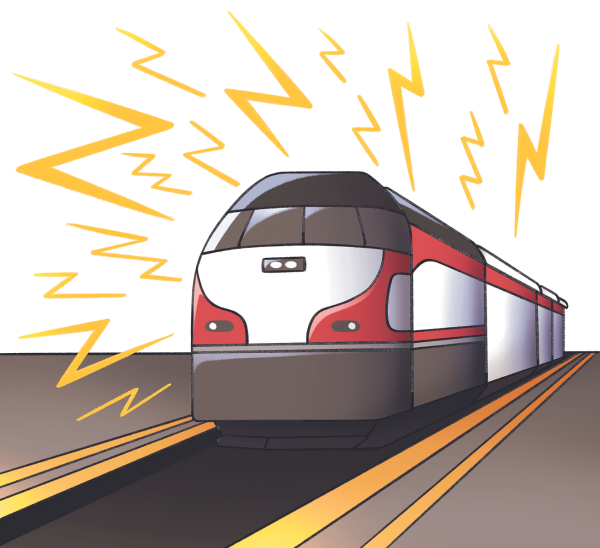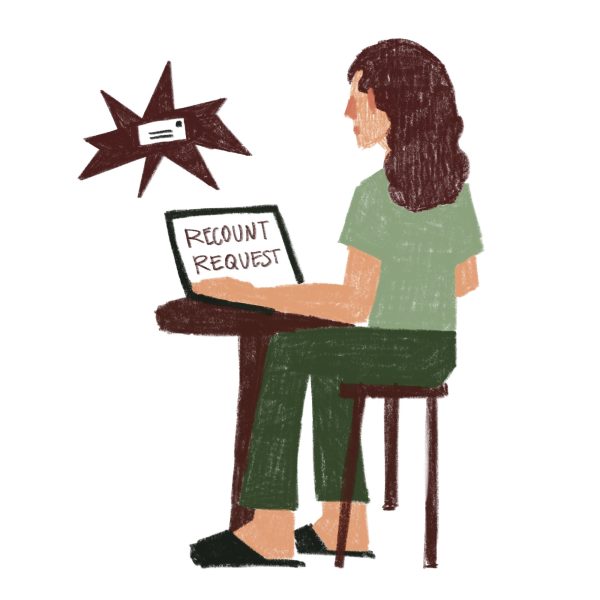Recent showers fail to pull California out of drought
Limited rainfall proves insufficient in combating otherwise dry winter weather
Due to the lack of rainfall and predicted shortage of water, Governor Jerry Brown has, as of Jan. 17, declared a State of Emergency. This proclamation includes 20 different orders to be carried out until the State of Emergency is lifted. The last drought State of Emergency was declared by, at the time Governor, Arnold Schwarzenegger in 2009 and lifted by Brown in 2011.
And while 2011 might have marked the end of one drought, it appears our current drought did not just start and that this State of Emergency is not California’s first measure against the drought.
On May 20 of last year, Brown issued an Executive Order to simplify and speed up water transfers in attempt to support California’s agriculture industry. This issue of quickening water transfers was brought up again this year in section nine of Brown’s drought declaration.
The ninth clause exempts the Department of Water Resources and the Water Board from having to comply with the California Environmental Quality Act (CEQA) and while this was done in order to alleviate the struggling agriculture industry, many environmentalists are less than pleased. Additionally, many environmentalist bring up that through this expedition of water diversions as well as water transfers, these approvals will no longer be moderated by scientists or the public.
This exemption raises environmental concerns for a few reasons, one being its effect on the already struggling fish populations. Both the Central Valley’s salmon and the Delta smelt, which qualifies as Endangered under the California Endangered Species Act, are just some of the fish species that could be affected.
While California is a relatively dry and moderate state, the northern Sierras have received 4.5 inches since the beginning of the Water Year (Oct. 1) as compared to last year at this time when 34.3 inches of precipitation fell. The average to date is 26.4 inches according to the United States Drought Monitor.
Even with recent precipitation over northern California, this rain marks nothing more than a brief respite in California’s drought troubles and falls short in making any significant impact on reverting California’s drought.
Your donation will support the student journalists of Palo Alto High School's newspaper












